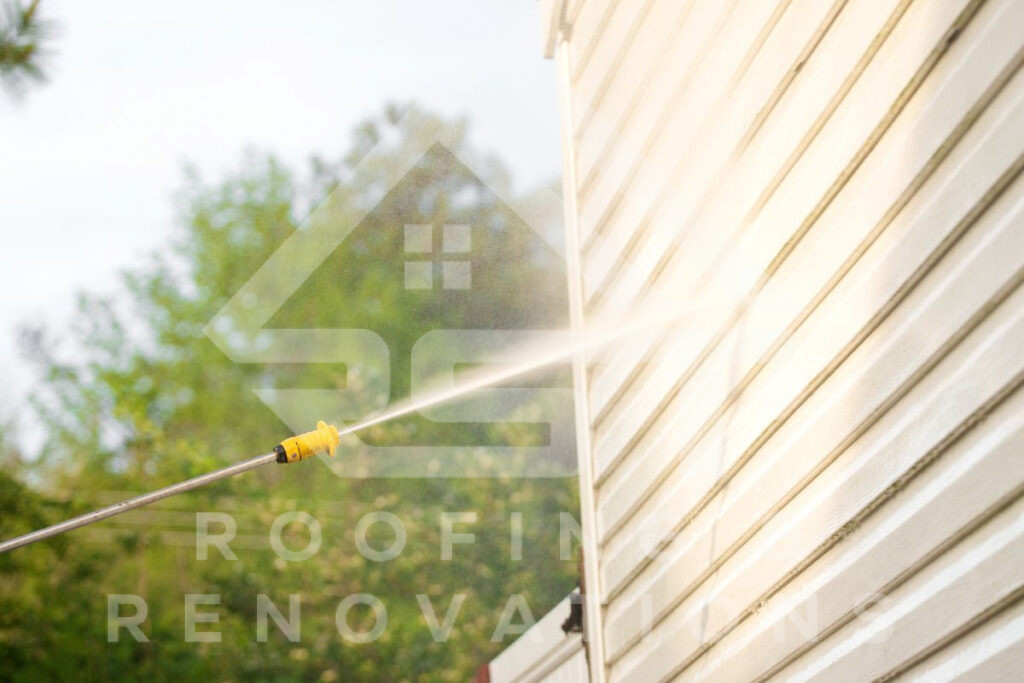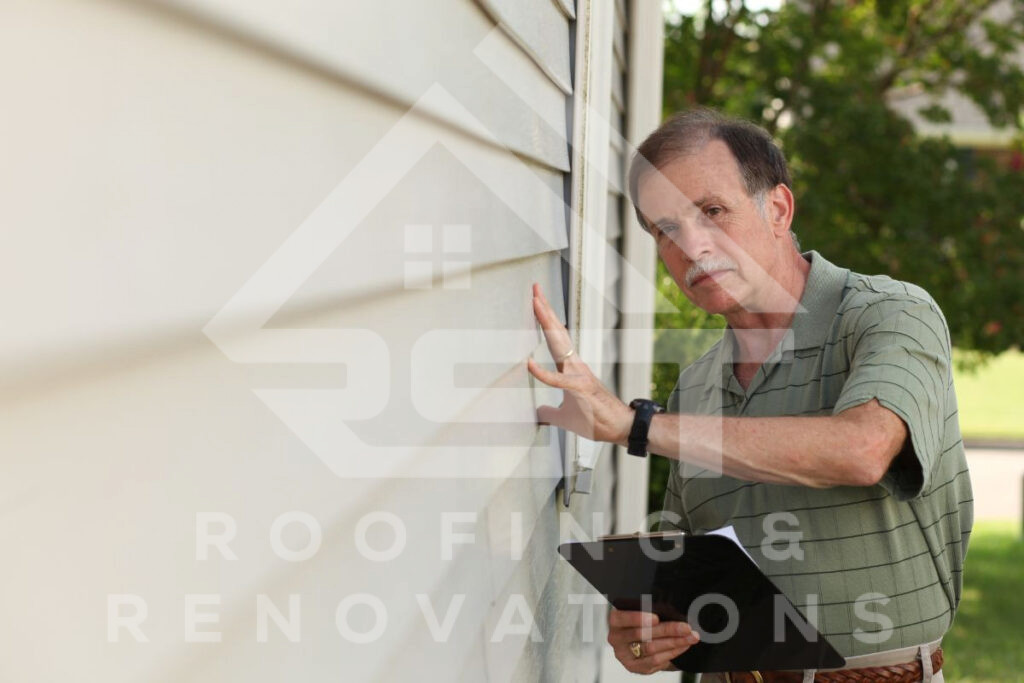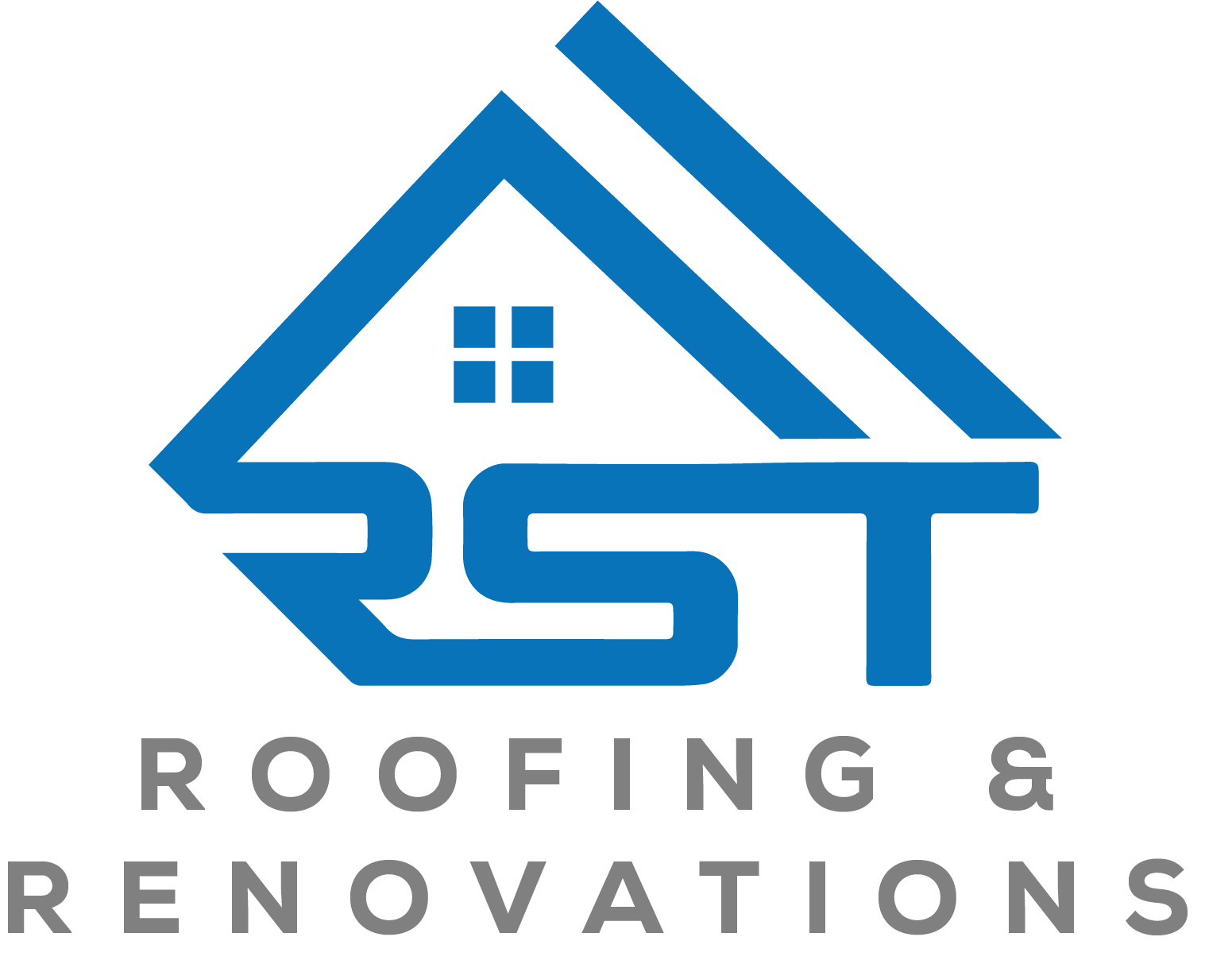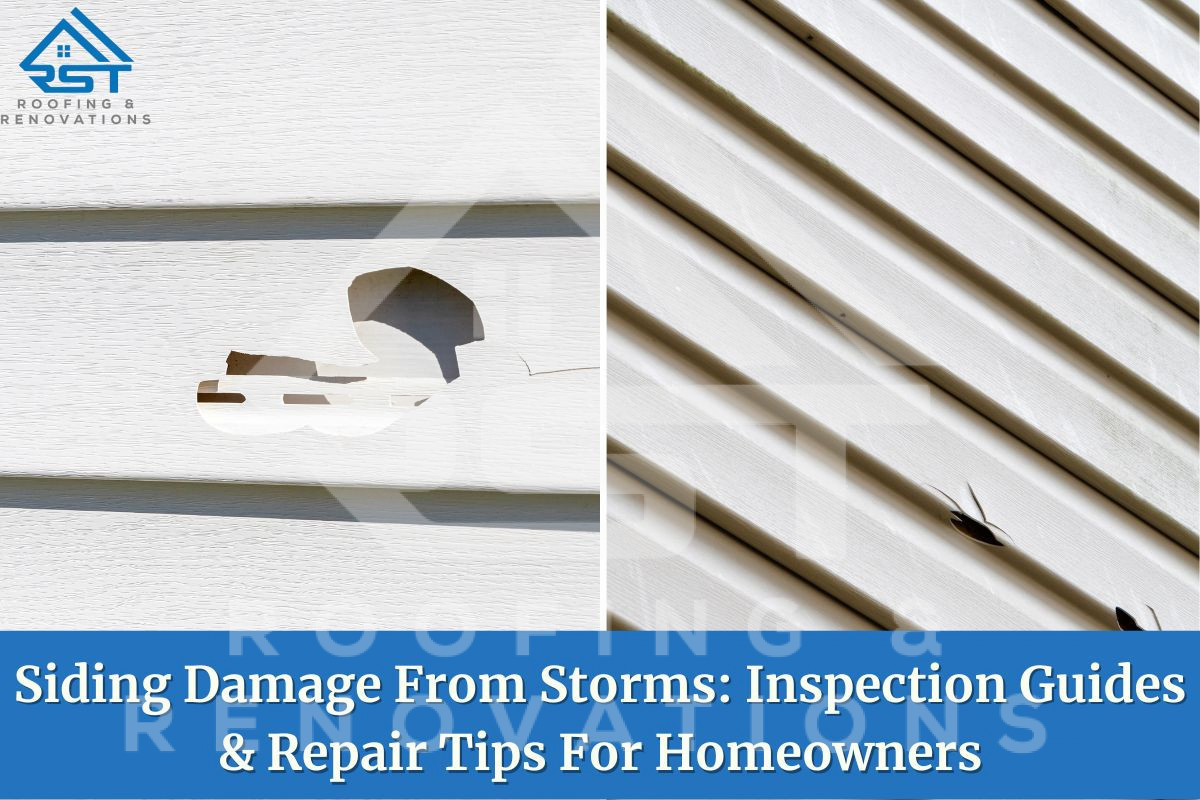When homes suffer from storm damage, it’s critical to examine the damage as soon as you can. As a homeowner, you can conduct a surface inspection for siding damage until the professionals arrive. To help you out, we’re here with a detailed guide on inspecting siding damage from storms and expert tips on how to repair it.
Steps To Inspect and Check For Siding Damage From Storms
Here are some immediate steps for inspecting siding damage:
1. Visual Inspection
Begin by visually examining your siding for visible signs of storm damage, such as dents, cracks, or holes. Pay close attention to areas that are most exposed to the elements.
Check for any missing or displaced siding pieces, as these can indicate severe damage that needs immediate attention.
2. Pressure Washing

Clean the siding with a pressure washer set on low to remove dirt, debris, and grime that may be covering up underlying damage. This step will help reveal any imperfections that require further inspection.
3. Check for Water Damage
Check the siding for water damage, such as discoloration, peeling paint, or warping. Wet or damp siding could indicate a leak in the exterior envelope of your home, which needs prompt attention to prevent further damage.
4. Inspect for Wind Damage
Look for siding that is bent, twisted, or torn off due to strong winds. Pay attention to any gaps between siding pieces that were once securely fastened, as these can compromise the structural integrity of the siding system.
5. Listen for Noises
Listen for unusual sounds, such as creaking or popping, which could indicate that the siding has been damaged or is under stress. These sounds may signal underlying issues that require professional attention.
6. Check for Hail Damage
Examine the siding closely for signs of hail damage, such as dents, chips, or cracks. Large hailstones can cause significant damage to siding materials, compromising their durability and appearance.
7. Use a Spotlight
Conduct a thorough inspection of the siding in low-light conditions using a spotlight or flashlight. This will help you identify small dents, scratches, or other imperfections that may not be visible in daylight.
If you’re unsure about the extent of the damage, you should consult a reputable siding contractor in your area. They can provide a more comprehensive inspection with a detailed report and recommend the best repair solutions.
The Importance Of Professional Inspections In Assessing Storm Damage To Siding

After severe weather conditions such as hail storms, high winds, or heavy rain, you need a professional storm damage inspection to identify hidden signs of damage to your siding and other parts of your building’s exterior. The inspections are generally affordable, but your focus should be on preventing urgent replacements and accidents in the future.
Here’s what you get when you schedule a professional inspection of this sort:
Expertise in Damage Detection
Professional inspectors possess specialized knowledge and training to identify various types of storm damage. Their expertise allows them to detect subtle signs of damage that may not be noticeable to the untrained eye. This includes assessing the impact of wind, hail, and water on different siding materials.
Thorough Evaluation Process
A comprehensive inspection involves a systematic evaluation of your siding’s condition. Inspectors will examine the entire exterior of your home, paying close attention to vulnerable areas where damage is more likely to occur. This thorough assessment ensures that all potential issues are identified and addressed.
Documentation for Insurance Claims
One of the primary reasons to schedule a professional siding inspection is to facilitate the insurance claims process. Inspectors document the extent of the damage accurately, providing detailed reports and photographs as evidence for your insurance claim. This documentation is crucial for expediting the claims process and maximizing your coverage.
Cost Estimate Assistance
In addition to documenting the damage, inspectors can provide you with detailed quotes on the costs associated with siding repair for storm damage. These estimates are essential for negotiating with your insurance company, making sure that you receive fair compensation for the necessary siding repairs.
Prevention of Further Damage
By identifying and addressing storm damage promptly, professional inspections help to prevent further deterioration of siding. Left untreated, damage such as cracks, dents, or water infiltration can worsen over time, leading to more extensive and costly repairs in the future. Luckily, timely intervention can mitigate these risks and preserve the integrity of your home’s exterior.
Ensuring Safety and Structural Integrity
Storm damage can compromise the effectiveness of your siding, potentially putting your home at risk of further damage or structural instability. A professional inspection ensures that any issues are identified and addressed quickly, safeguarding the safety and stability of your home.
Peace of Mind
Ultimately, scheduling a professional inspection for siding damage provides homeowners with peace of mind, knowing that experts have thoroughly assessed their property. Whether your home has endured a severe storm or you simply want to ensure its resilience against future weather events, a professional inspection offers reassurance and confidence in the condition of your siding.
After the inspection is done, it’s time to make the necessary repairs. Therefore, let’s take a closer look at what repair options are generally used to fix siding damage caused by storms.
Repair Options For Storm-Damaged Siding
Here are some common siding repair solutions used by professionals to make repairs:
Panel Replacement
If individual siding panels are damaged beyond repair, the contractor may opt for panel replacement. This involves removing the damaged panels and installing new ones that match the existing siding material and color.
Patch and Fill
For minor damage such as small cracks, chips, or holes, patching and filling techniques may be used. This involves filling the damaged area with a suitable filler material and smoothing it out to blend in with the surrounding siding.
Resealing Seams and Joints
Over time, the seams and joints between siding panels may become loose or damaged, leading to water infiltration and other issues. Repairing and resealing these seams and joints can help you avoid further damage and form a watertight seal.
Painting or Refinishing
In cases where the siding has sustained surface damage or discoloration, painting or refinishing the siding material may be necessary to restore its appearance. This can involve repainting the entire siding or touching up specific areas to match the existing color and finish.
Reinforcement and Structural Repairs
Severe storm damage may compromise the structural integrity of the siding, requiring reinforcement or structural repairs. This can involve reinforcing support structures, replacing damaged framing or sheathing, and addressing any underlying issues that contributed to the damage.
Weatherproofing
Additional weatherproofing measures may need to be implemented to boost the durability and weather resistance of the siding. This can include applying protective coatings, sealants, or barriers to prevent water infiltration and mitigate future damage.
Trim and Molding Replacement
Storm damage may also affect pieces of trim, molding, or other decorative siding elements. Replacing damaged trim and molding can help restore the aesthetic appeal of the home’s exterior and ensure a cohesive look with the repaired siding.
Upgrading or Retrofitting
In some cases, homeowners may take the opportunity to upgrade or retrofit their siding to improve its resilience against future storms or enhance energy efficiency. This can involve replacing existing siding with more durable materials or installing additional insulation behind the panels.
If you need a reliable contractor to inspect and repair your storm-damaged siding, we’re here to help!
Most Trusted Siding Inspection and Repair Services In Atlanta, GA!
At RST Roofing and Renovations, we prioritize the safety and comfort of our neighbors in times of need. We are your local siding contractor in Atlanta who is trusted for our honest, quick, and friendly services. Call us at (404)-548-8901 to schedule a free consultation on your siding inspection and repair needs. We will be there in no time with our expert team and long-term solutions!





